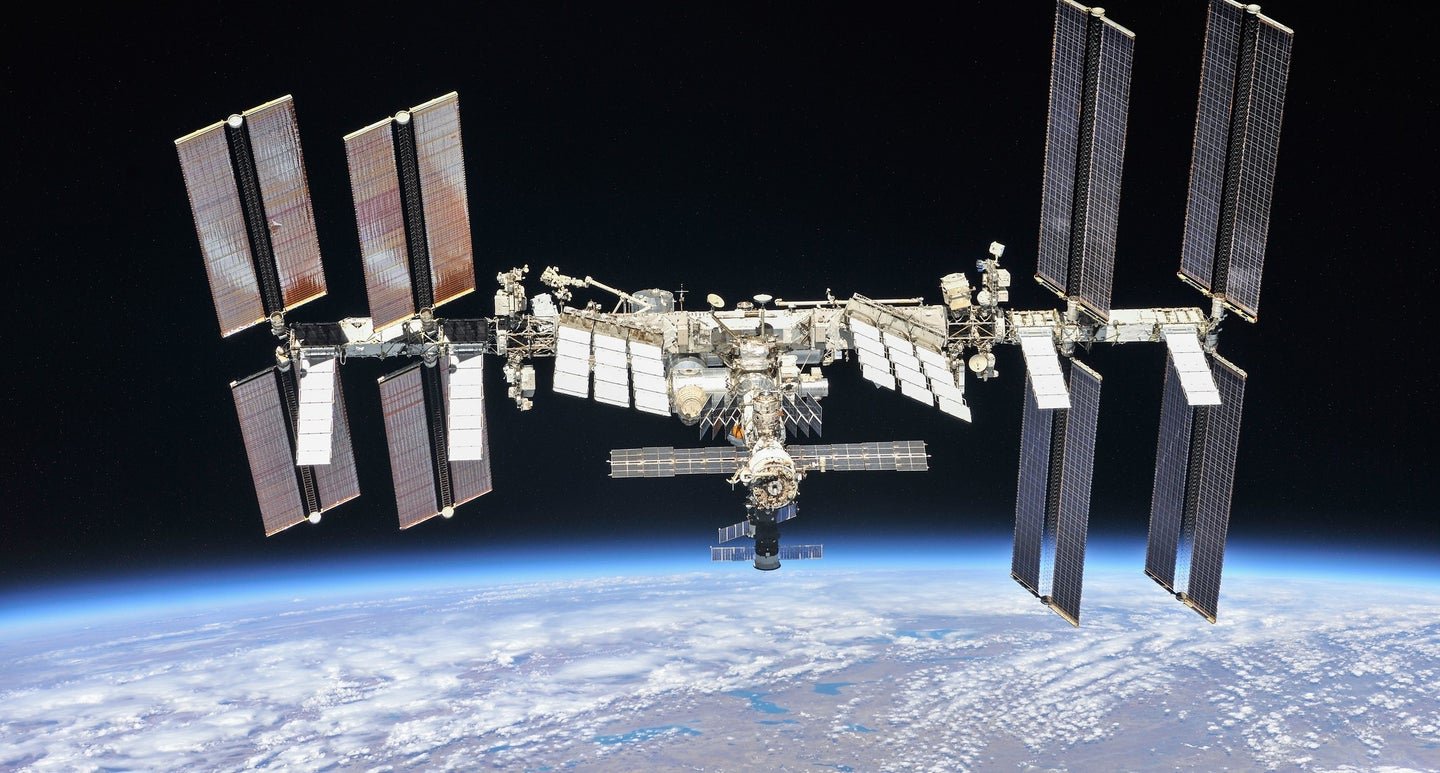“The Life of an Astronaut Stuck on the International Space Station: The Best Place to Be in Space”
Being stranded in space sounds like the stuff of a dramatic sci-fi movie, but the reality is a little less striking. Real spaceflight requires rigorous preparation, huge teams of support staff, and backup plans for almost every conceivable scenario.
This intense planning is exactly why the recent coolant leak on Russia’s Soyuz spacecraft is not as bad as it first seemed.
In December 2022, a micrometeorite damaged the Soyuz MS-22 spacecraft docked at the ISS, affecting the capsule’s cooling systems, which keep the astronauts at safe temperatures during their descent back to Earth. Engineers determined that the vehicle was not suitable for return, except in an emergency. The crew originally carried on the Soyuz were stranded.
But they were stranded aboard the safest place in space: the International Space Station. “We have the ISS as a safe haven,” says former NASA astronaut Mike Massimino, who flew aboard the space shuttle in 2002 and 2009 to service the Hubble Space Telescope. “If you’re stuck up there, you just hang around there for a while until someone comes and gets you.”
About the size of an American football field, the ISS is made up of nearly 40 different modules, ranging from solar panels to docking ports to pressurized habitable living quarters. Construction of this orbital behemoth began in 1998 and has been manned by at least one astronaut since the turn of the century.
[Related: ISS astronauts are building objects that couldn’t exist on Earth]
Its modular design is not just a quirk of its assembly, but a conscious design choice. In an emergency – the top three being fire, depressurization and toxic air – the crew evacuates the damaged area and seals off the modules to isolate the leak or other problem. Even if something were to happen onboard the ISS while the Soyuz MS-22 crew was stranded, “Chances are you will be able to isolate yourself [the problem] until you figure out how to get other people home,” Massimino said.
The astronauts are also trained for risky situations. They prepare for their travels on the ground and on board the space station. In addition, the American astronauts must be familiar with the Russian technology on board (and vice versa) and even learn to speak Russian in order to work effectively with their international colleagues.
But among the many different emergencies that astronauts prepare for, a damaged return pod does not figure prominently. Mission teams are more focused on ensuring the ISS remains safe and habitable and less concerned with the ferries between space and Earth. “The spacecraft that astronauts and cosmonauts use to fly to the Space Station are the spacecraft intended for their return to Earth,” said NASA media representative Joshua Finch.
[Related: The ISS gets an extension to 2030 to wrap up unfinished business]
In the late 1990s to early 2000s, NASA considered a special “lifeboat” for the ISS, known as the X-38. It would have been a glider, similar to the Space Shuttle, with the sole purpose of returning astronauts to Earth in emergency situations. Although prototypes were successfully tested, the program was canceled in 2002 due to budgetary concerns. Instead, the astronauts learned to rely on the ever-expanding ISS.
“When we had the shuttle flights after [Space Shuttle Columbia] If you had an accident, there was a real possibility that you couldn’t come back because of your return vehicle,” recalls Massimino. “And we didn’t worry about that because if you could inspect the vehicle and not fix it, you would just stay on the space station.” Given that people have lived on board the ISS for up to a year at a time , a quick stop there doesn’t seem so bad while waiting for your connection space flight.
American and Russian mission support teams also immediately began coordinating their next steps and putting their rigorous training into action after the latest leak while astronauts waited on board. Numerous plans have been considered, from fitting more astronauts in the SpaceX capsule, which is also docked at the ISS, to sending new vehicles to bring them home. “Engineers from each space agency are working together to provide safe return options in the event of an emergency,” explains Finch, “as NASA and Roscosmos did in creating the Soyuz 68S crew repatriation plan.”
In early January, NASA and Roscosmos decided the best course of action was to bring forward the date of the next Soyuz launch and send up an unmanned capsule to take the astronauts home. Launch will send the Soyuz MS-23 into the air on February 20 – and until then, the astronauts will carry on as usual and spend their stay on the ISS, mankind’s only oasis in space beyond our home planet.
Source: www.popsci.com
Don’t miss interesting posts on Famousbio










